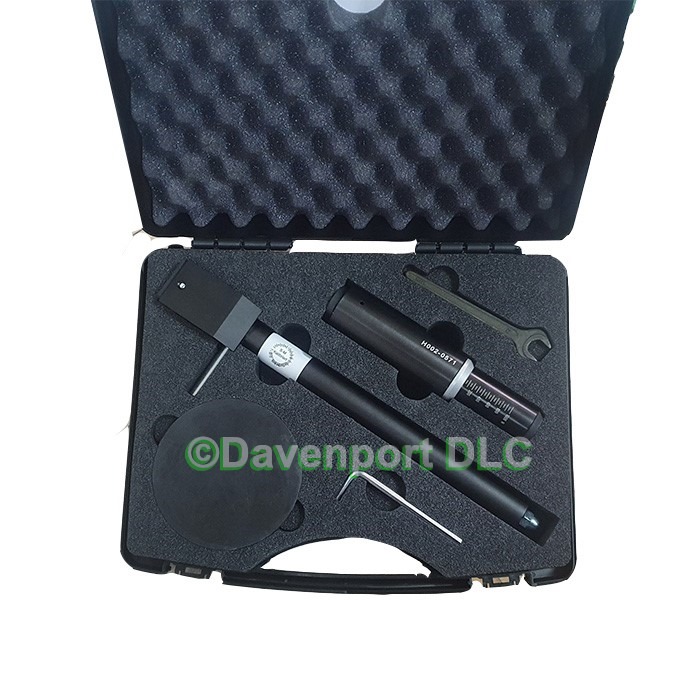Introduction
In various industries, particularly in cleanrooms, laboratories, and manufacturing facilities, maintaining controlled environments is crucial. One essential tool for monitoring these environments is the door pressure gauge. This article delves into the purpose, function, and importance of door pressure gauges, as well as how to use and maintain them effectively.
What is a Door Pressure Gauge?
A learn about door gauges here gauge is a device that measures the pressure differential between two areas, typically inside and outside a room or enclosure. This gauge helps ensure that the pressure remains within specified limits, which is vital for controlling airflow and preventing contamination.
Types of Door Pressure Gauges
- Analog Gauges: These traditional gauges use a dial and needle to display pressure readings. They are simple to read but may lack precision compared to digital alternatives.
- Digital Gauges: These provide more accurate readings and often come with additional features such as alarms, data logging, and remote monitoring capabilities.
How Do Door Pressure Gauges Work?
Door pressure gauges typically use a diaphragm or a similar sensing element that responds to pressure changes. When the pressure differential changes, the diaphragm moves, causing the gauge to display the corresponding pressure level.
Key Components
- Sensing Element: Detects changes in pressure.
- Display: Shows the pressure readings (analog or digital).
- Calibration Mechanism: Ensures accurate readings over time.
Importance of Door Pressure Gauges
- Contamination Control: In cleanrooms and labs, maintaining a positive or negative pressure can prevent contaminants from entering or escaping, protecting sensitive processes and materials.
- Safety: Monitoring pressure differentials helps ensure the safety of personnel and equipment, particularly in environments handling hazardous materials.
- Regulatory Compliance: Many industries are required to adhere to specific standards that dictate pressure levels. Proper monitoring with a door pressure gauge can help facilities stay compliant.
- System Performance: Regular monitoring helps identify issues in HVAC systems and ensures optimal performance, leading to energy efficiency and cost savings.
How to Use a Door Pressure Gauge
- Installation: Position the gauge at an appropriate height and location, typically on or near the door of the controlled environment.
- Calibration: Regularly calibrate the gauge according to the manufacturer’s specifications to ensure accurate readings.
- Monitoring: Check the gauge regularly to ensure pressure differentials remain within the desired range.
- Record Keeping: Maintain logs of pressure readings to identify trends or issues over time.
Maintenance Tips
- Regular Calibration: Schedule routine calibrations to ensure accuracy.
- Clean the Gauge: Dust and debris can affect performance, so clean the gauge regularly.
- Inspect for Damage: Regularly check for any physical damage or wear and replace parts as necessary.
- Train Personnel: Ensure that staff are trained on how to read and interpret gauge data correctly.
Conclusion
Door pressure gauges are essential instruments in maintaining controlled environments across various industries. Understanding their function, importance, and maintenance will help ensure the safety and efficiency of operations. By keeping a close eye on pressure differentials, facilities can protect their processes, comply with regulations, and enhance overall system performance.

